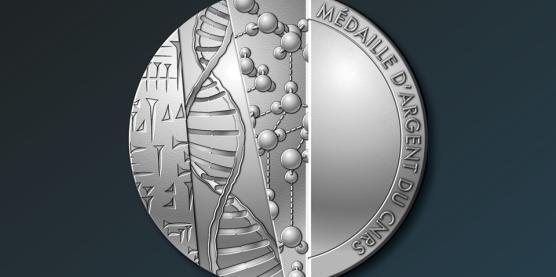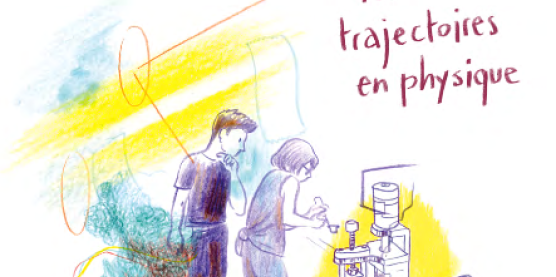
Laboratories


Laboratoire de Physique de l'Ecole normale supérieure
The Physics Laboratory of the Ecole Normale Supérieure (LPENS), created on January 1, 2019, is a laboratory for interdisciplinary fundamental research in physics and its interfaces. The scientific activities of the laboratory cover a vast field of exploration in fundamental or applied, experimental or theoretical physics, and are organized in six axes :
- Astrophysics Cosmology and Gravitation
- Biophysics
- Fluids and Interfaces
- Fundamental Interactions
- Quantum Materials and Devices
- Statistical Physics
The LPENS is a joint research unit (UMR 8023) of the ENS and the CNRS.
Sorbonne Université and the Université Paris Cité are also supervisors of the laboratory.
The LPENS is part of the Physics Department of the ENS, it interacts strongly with the other scientific departments of the ENS. Its members are very involved in the training delivered at the ENS, from the bachelor’s degree to the doctorate.
The LPENS is part of the LabEx International Center for Fundamental Physics (ENS-ICFP) which supports training and research in the Physics Department, while strengthening its international attractiveness. The LPENS also runs the Institut Philippe Meyer (IPM), which aims to promote research and training in theoretical physics.
At the CNRS, the main attachment institute of the LPENS is the Institute of Physics (INP), the National Institute of Sciences of the Universe (INSU), the Institute of Engineering and Systems Sciences (INSIS), and the National Institute of Nuclear and Particle Physics (IN2P3) are secondary attachment institutes.
________
Laboratoire Kastler Brossel
The Kastler Brossel Laboratory (LKB) is a joint research unit of the Ecole Normale Supérieure, Sorbonne University, Collège de France and CNRS It is one of the main leaders worldwide in the domain of fundamental physics of quantum systems, covering numerous subjects from fundamental tests of quantum theory to applications, with an internationally recognized expertise throughout its 65 years history, including three Nobel Prize winners.
The traditional activities of the laboratory is in atomic physics and optics, with a particular emphasis in fundamental issues of light-matter interaction, quantum states of light and precision spectroscopy. One of the important developments in recent decades concerns cooling and trapping of neutral atoms, which have opened up a rich field of study on quantum gases and liquids, at the boundary between atomic and condensed matter physics. Another strength of the laboratory is the study of the interaction between photons and atoms with fundamental contributions in the field of cavity quantum electrodynamics, quantum optics and quantum information, and optomechanics. While these concepts continue to play a central role at LKB, the laboratory has also diversified its research themes towards nanophotonics, Casimir effect, imaging in biological and complex media, trapped ions, metrology and the tests of fundamental interactions. LKB participates in several large-scale programs and collaborations at the national and international levels such as GBAR, Virgo, several space missions and French programs of excellence (Equipex).
Research and organization of the laboratory
The laboratory is composed of a majority of young researchers, with 56 researchers, professors and assistant professors, about 70 PhD students and 30 post-doctoral students. The laboratory is composed of 12 research teams distributed into 5 axes:




